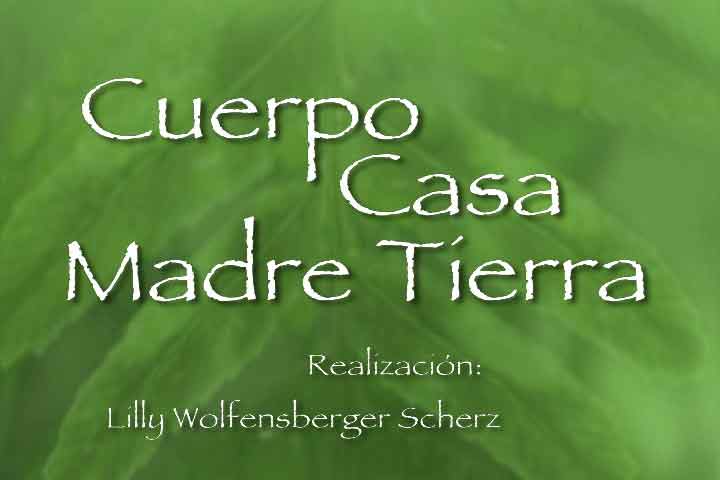The Tutu Naku (Totonac) peoples resided in the eastern coastal and mountainous regions of Mexico at the time of the Spanish arrival in 1519. Today they reside in the states of Veracruz, Puebla, and Hidalgo. They are one of the possible builders of the Pre-Columbian city of El Tajín, and further maintained quarters in Teotihuacán (a city which they claim to have built). Until the mid-19th century they were the world’s main producers of vanilla.
Along with the normal agricultural crops of maize, manioc, squash, beans, pumpkin and chili peppers, the region was noted for its production of liquid amber and cotton. Even during the disastrous central Mexican famine of 1450-1454, the region remained a reliable agricultural center.
The region of Totonacapan was subject to Aztec military incursions from the mid-15th century until the Spanish arrival. Despite the establishment of Aztec fortifications throughout the region, rebellion was endemic. Major Totonac centers were Papantla, with an estimated population of 60,000 in 1519, Xalapa (around 120,000), and Cempoala (around 80,000). Cempoala was the first Indigenous city state visited by Hernán Cortés in his march to the Aztec capital of Tenochtitlán. The Totonacs of Cempoala joined forces with Cortés and, along with the Tlaxcalan Peoples, contributed significantly to the Spanish conquest. Totonacapan became incorporated into the Spanish regime with comparatively little violence, but the region was ravaged by epidemic diseases during the 16th century. Today, approximately 90,000 Totonac speakers reside in the region.


